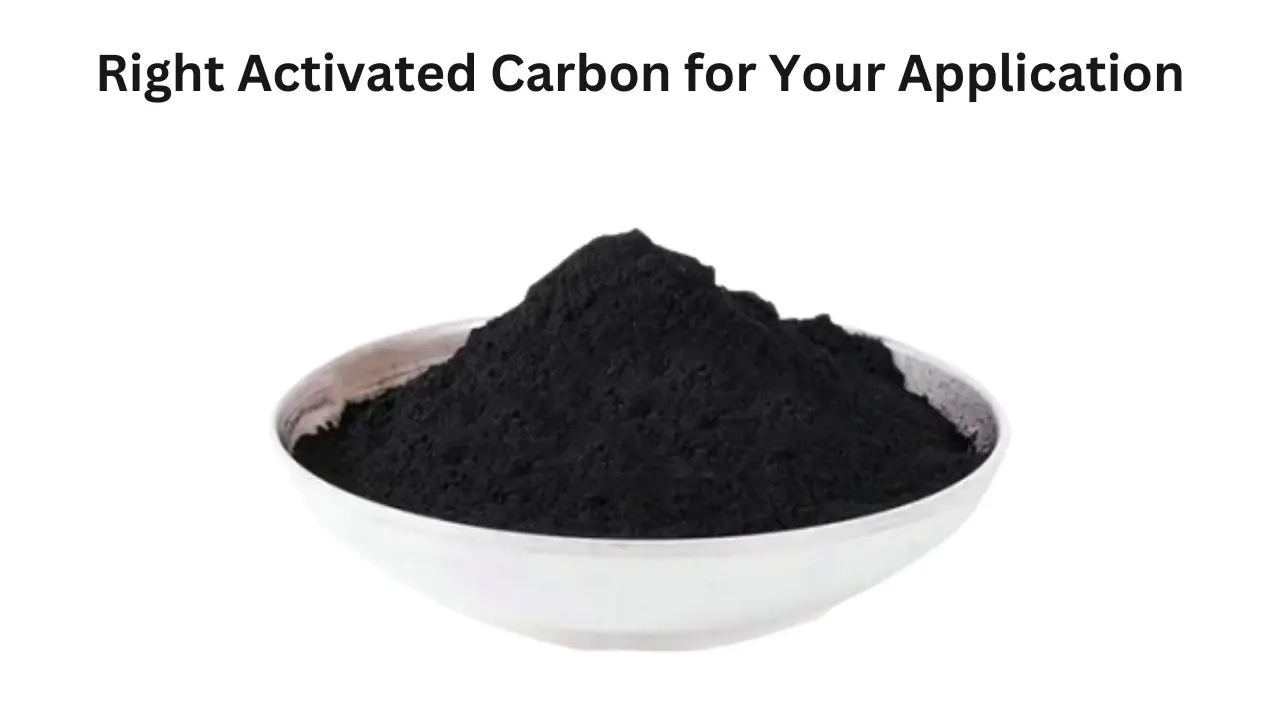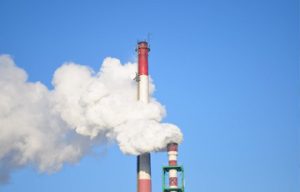Activated carbon is a versatile and widely-used material with a myriad of applications, from water purification and air filtration to industrial processes and even healthcare. However, selecting the right type of activated carbon for your specific application can be a challenging task.
With various forms and properties available, making the wrong choice can lead to inefficiency and wasted resources. In this guide, we will explore the key factors to consider when choosing activated carbon for your application, ensuring that you make an informed decision that best suits your needs.
Define Your Application:
Before you can choose the right activated carbon, it's crucial to have a clear understanding of your application's requirements. Start by answering these questions:
What substances do you need to remove or adsorb?
Is the application for liquid or gas phase purification?
What are the flow rates and contact times involved?
Are there any specific environmental or regulatory considerations?
Defining your application's specifics will serve as a foundation for the subsequent selection process.
Understand the Types of Activated Carbon:
Activated carbon is available in various forms, each possessing distinct characteristics. The primary types include:
Acid Washed Activated Carbon: Acid Washed Activated Carbon is a high-purity form of activated carbon that undergoes an additional acid-washing process to remove impurities and ash content. This purification enhances its adsorption capacity, making it ideal for critical applications like pharmaceuticals and potable water treatment, where purity is paramount.
Unwashed Activated Carbon: Unwashed Activated Carbon is a cost-effective form of activated carbon used in applications where a high degree of purity is not essential. While it may contain slightly higher impurities, it remains effective in adsorbing contaminants and is often chosen for applications where removal of specific impurities is not a primary concern, providing versatility and value.
Powdered Activated Carbon (PAC): Fine particles suitable for rapid adsorption.
Granular Activated Carbon (GAC): Larger particles used in packed beds and filters.
Extruded Activated Carbon (EAC): Cylindrical pellets or blocks for specialized applications.
Impregnated Activated Carbon: Modified with additional chemicals for enhanced adsorption of specific contaminants.
Knowing these types and their characteristics will help you narrow down your options.
Consider Adsorption Capacity:
The adsorption capacity of activated carbon is determined by its surface area and pore structure. High surface area and a well-developed pore network typically indicate better adsorption performance. Look for activated carbon with a high iodine number or BET surface area if adsorption capacity is critical for your application.
Particle Size and Mesh:
The particle size of activated carbon impacts its flow rate and contact time. For liquid phase applications, finer particles (smaller mesh sizes) offer higher surface area but may have slower flow rates. For gasses, coarser particles may be suitable. Choosing the right particle size is crucial for optimizing the efficiency of your system.
Check for Regeneration Potential:
In some applications, activated carbon can be regenerated and reused, reducing long-term costs. Consider whether regeneration is a viable option for your application, as certain impurities or conditions may render regeneration ineffective.
Assess Compatibility:
Ensure that the chosen activated carbon is compatible with your system's materials and operating conditions. Some activated carbons may release fines or contaminants that can be detrimental to the process or equipment.
Cost Analysis:
Factor in the initial cost of activated carbon, as well as any associated costs such as disposal and regeneration. Opting for a lower-cost option may not always be the most economical choice if it results in frequent replacements or reduced efficiency.
Environmental and Regulatory Considerations:
Be aware of any environmental regulations that may affect your choice of activated carbon. Certain applications may require compliance with specific standards or guidelines.
Consult with Experts:
If you're unsure about which activated carbon is best suited for your application, consider consulting with experts in the field. Activated carbon manufacturers, engineers, and consultants can provide valuable insights and recommendations.
Chemical Properties: Different types of activated carbon have varying chemical properties that make them suitable for specific applications. Consider factors such as pH, chemical compatibility, and the presence of impurities in your application to ensure the chosen activated carbon won't react unfavorably.
Flow Rate and Residence Time: Assess the flow rate and residence time in your system. High flow rates may require activated carbon with larger particle sizes or multiple stages to ensure sufficient contact time for adsorption.
Temperature and Pressure: Take into account the temperature and pressure conditions of your application. Some activated carbons may perform better at higher temperatures or under specific pressure ranges.
Desorption Capability: If you plan to regenerate and reuse activated carbon, evaluate its desorption capability. Certain types may release adsorbed substances more effectively during regeneration.
Batch vs. Continuous Operation: Determine whether your application operates in batch or continuous mode. The choice of activated carbon may vary depending on this factor, as batch processes might allow for longer contact times.
Sampling and Testing: Perform pilot tests or sampling to assess the performance of different activated carbons in your specific application. Practical testing can help you fine-tune your selection.
Carbon Bed Depth: In fixed-bed applications, the depth of the activated carbon bed can impact performance. Deeper beds can provide longer contact times but may require higher pressure and flow rates.
Long-Term Sustainability: Consider the long-term availability and sustainability of the chosen activated carbon. Some specialized forms may be challenging to source consistently.
Post-Treatment Considerations: Depending on your application, you may need to implement post-treatment processes to further refine the treated material or address any residual contaminants. Account for these additional processes in your overall system design.
Maintenance and Replacement: Plan for regular maintenance and replacement schedules, especially if activated carbon is a consumable in your process. Understanding when and how to replace the media is vital for maintaining efficiency.
Storage and Handling: Properly store and handle activated carbon to prevent contamination or degradation before use. Ensure that the storage conditions align with the manufacturer's recommendations.
Documentation and Record-Keeping: Maintain detailed records of the activated carbon used, its performance, and any maintenance or replacement activities. This documentation can aid troubleshooting and future decision-making.
Conclusion:
Choosing the right activated carbon for your application is a crucial step toward achieving effective purification, filtration, or adsorption. By defining your application's requirements, understanding the types of activated carbon available, and considering factors like adsorption capacity, compatibility, and cost, you can make an informed decision that maximizes the efficiency and cost-effectiveness of your process. Remember that seeking expert guidance when necessary can also lead to a more successful outcome.













